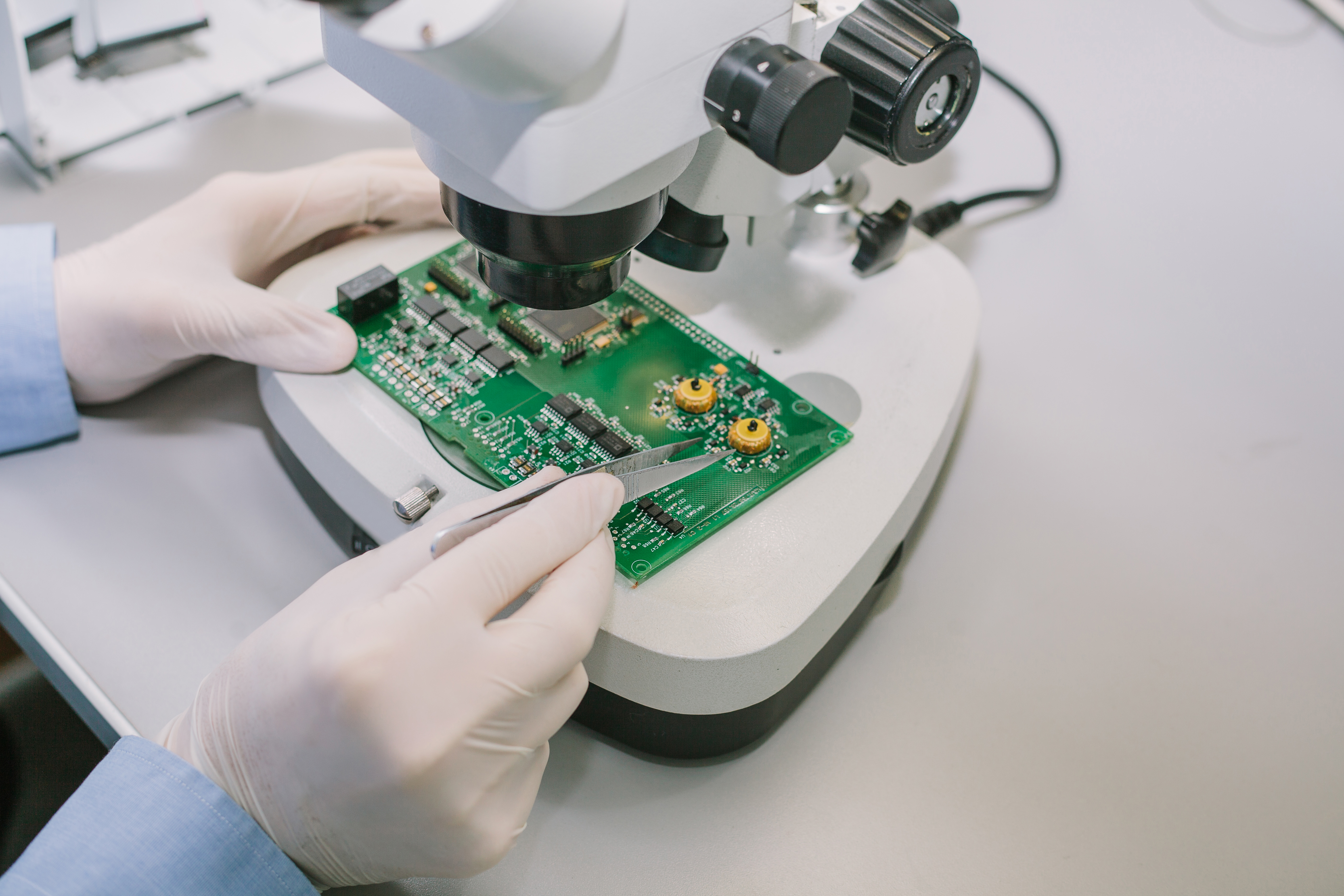Cleanroom gloves are mainly used for contamination control in cleanrooms or dust-free environments.They are widely used in many fields such as electronics,semiconductors, aerospace and biopharmaceuticals.
There are two main reason for using cleanroom gloves.On one hand,some products have special requirements for the production environment during the manufacturing process, such as high cleanliness requirements or ESD environments. Wearing cleanroom gloves in these situations helps to protect the product and the environment from potential contaminants.
On the other hand,wearing cleanroom gloves helps protect workers from environmental and other hazards during operation.
Classification:
Cleanroom gloves are classified according to cleanroom class. A cleanroom class is a classification that measures the amount of airborne particles in the environment. The cleanliness class of the cleanroom gloves currently on the market is defined according to the ISO 14644 standard, whose main test criterion is the number of particles contained in the glove.
Cleanroom gloves are generally categorized as ISO 4 (Class 10), ISO 5 (Class 100), and ISO 6 (Class 1000). the smaller the ISO value, the higher the cleanliness class of the glove. Gloves of ISO 5 or higher are used in high-cleanliness cleanrooms. They contain less than 1,200 particles and can be used in a variety of clean environments. ISO 6 gloves are used in general cleanroom environments and contain more than 3,000 particles. Different cleanliness levels apply to different environments. Therefore, it is important to take the cleanliness level into consideration when selecting cleanroom gloves.
Types:
① Latex Cleanroom Gloves: These gloves are processed from natural latex and are the most cost-effective cleanroom glove material. They have good resistance to grease, fuel and many solvents. Their dexterity and comfort help cleanrooms perform tasks that require precision. Latex is also the most commonly used material for anti-static gloves, but is prone to allergies. These gloves are suitable for biopharmaceutical and electronics processing.
② Nitrile Cleanroom Gloves: Nitrile is the most common alternative to latex and does not cause allergies in specific populations.. In addition, nitrile is known for its good chemical protection and has greater chemical resistance. Nitrile is also static dissipative, reducing the risk of ESD. These gloves are suitable for semiconductor, photovoltaic, food processing and other operation industries.
③ PVC cleanroom gloves: PVC materials are known for their low price. However, they are inferior to latex and nitrile in terms of comfort and chemical resistance. These gloves are also static dissipative, but their performance is not as good as nitrile gloves, which are suitable for electronic devices, instrumentation and other fields.

Choosing the correct and appropriate gloves can have a significant impact on the quality of production or process output. The use of unsuitable gloves may lead to product quality that does not meet expectations, which may result in rework, recalls or returns, causing adverse financial and corporate image impacts and greater property damage.
Choose KINGFA nitrile cleanroom gloves for the most suitable hand protection specialist. These gloves offer:
• Cleanroom level up to class 100 with extremely low particulate matter, soluble matter and ion content
• Washable with ultrapure water, meeting the requirements for use in cleanroom environments of different classes
• Soft touch and sensitive haptics for a low-fatigue wearing experience
• Extended and thickened design to provide more durable wearing performance
• Extremely low pinhole rate for ultimate protection
• No powder, no allergic reaction
Precautions:
①Cleanroom gloves are specially treated and used only in cleanroom environments. Once used, they will be contaminated, reducing their protective properties. Therefore, they are not reusable
② Generally, cleanroom gloves should be replaced with new gloves after two hours of use. Plus, staff members need to change their gloves immediately after reentering the clean room or when there is obvious contamination of the gloves during the operation.
③It is recommended to wear double layers of gloves to provide additional protection. Wearing double layers of gloves not only improves protection against chemicals, but also reduces the risk of perforation. Wearing brightly colored inner gloves and naturally colored outer gloves allows for quick detection of glove breakage and helps the operator to change gloves as soon as possible.




